Baking a cake at home can be an incredibly rewarding experience, offering a delightful blend of creativity, culinary skill, and the satisfaction of enjoying a homemade treat. Whether you’re a seasoned baker or a novice in the kitchen, the process of making a cake from scratch is both an art and a science. This comprehensive guide will walk you through the essentials of baking a cake at home, from gathering your ingredients and equipment to mastering mixing techniques and achieving perfect baking results. By the end, you’ll be equipped with the knowledge and confidence to create delicious, professional-quality cakes right in your own kitchen.
Section 1: Preparation and Ingredients
Before diving into the recipe, it’s crucial to prepare your workspace and gather all necessary ingredients. A well-organized kitchen setup can significantly enhance your baking experience and ensure a smoother process.
Essential Equipment:
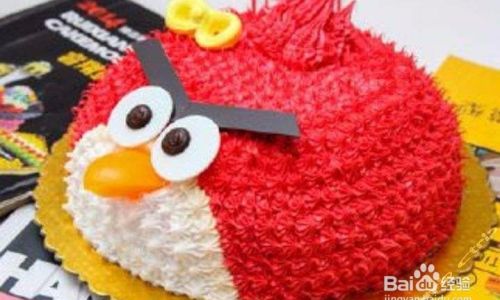
- Mixing bowls (both large and small)
- Electric mixer or stand mixer (optional but recommended for better mixing)
- Measuring cups and spoons
- Spatula or wooden spoon for mixing
- Sieve for sifting dry ingredients
- Cooling rack
- Parchment paper or baking liners
- Cake pan (round, square, or rectangular, depending on your preference; ensure it’s greased and lined with parchment paper)
- Oven mitts
- Toothpick or cake tester for checking doneness
Common Ingredients:
- Flour: All-purpose flour is the most versatile choice for most cakes. Make sure it’s fresh and properly measured (spooned into the measuring cup and leveled off).
- Sugar: Granulated sugar is standard, but you can experiment with brown sugar or a blend for different flavors and textures.
- Butter or Margarine: Unsalted butter is preferred as it allows you to control the amount of salt in your recipe. Softened butter blends more evenly into the batter.
- Eggs: Room-temperature eggs mix better and create a smoother batter.
- Baking Powder and/or Baking Soda: These leavening agents help the cake rise. Always check the expiration date to ensure they’re active.
- Milk: Whole milk or buttermilk adds moisture and flavor. You can also use alternatives like almond milk or soy milk.
- Vanilla Extract: Pure vanilla extract enhances flavor; avoid artificial substitutes for the best results.
- Salt: A pinch of salt balances the sweetness.
Optional Ingredients for Flavor and Texture:
- Cocoa powder for chocolate cakes
- Zest of lemon or orange for a citrusy twist
- Ground spices like cinnamon or nutmeg for a warm, aromatic flavor
- Nuts, dried fruit, or chocolate chips for added texture and taste
Section 2: Basic Techniques
Mastering a few fundamental techniques will set you on the path to baking success. Here’s a closer look at some key steps:
Measuring Ingredients Accurately:
- Use dry measuring cups for dry ingredients and liquid measuring cups for liquids.
- Spoon flour or other dry ingredients into the measuring cup and level off with a knife to avoid packing it down.
- Measure liquids in a glass or plastic measuring cup at eye level to ensure accuracy.
Preparing the Oven and Pan:
- Preheat your oven to the specified temperature. This ensures the cake bakes evenly.
- Grease your cake pan thoroughly with butter or non-stick spray, then line the bottom with parchment paper to prevent sticking. Lightly dust with flour if needed.
Mixing the Batter:
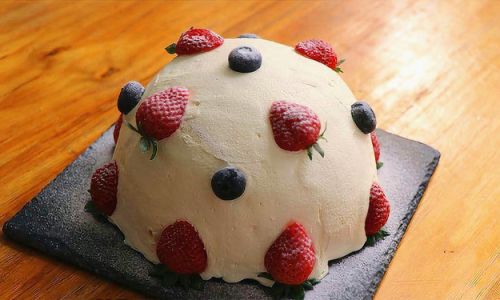
- Cream the butter and sugar together until light and fluffy. This step, known as creaming, incorporates air into the batter, contributing to the cake’s texture.
- Add eggs one at a time, mixing well after each addition.
- Alternately add dry ingredients (flour, baking powder, salt) and wet ingredients (milk, vanilla extract) in small batches, beginning and ending with the dry ingredients. Mix until just combined to avoid over-mixing, which can lead to a dense cake.
Pouring and Baking:
- Pour the batter into the prepared pan, spreading it evenly with a spatula.
- Tap the pan lightly on the counter to remove any air bubbles.
- Bake in the preheated oven until a toothpick inserted into the center comes out clean or with just a few moist crumbs (this can vary based on your oven and the cake recipe).
Section 3: Advanced Tips and Techniques
Once you’ve mastered the basics, it’s time to elevate your cake-baking skills with some advanced techniques and troubleshooting tips.
Achieving Perfect Layer Cakes:
- For even layers, divide the batter equally between two pans. Use a kitchen scale for precision.
- Bake one layer at a time if your oven isn’t large enough to accommodate both pans side by side. This ensures even baking.
Creating a Smooth Cake Surface:
- To avoid a domed top, gently press down the center of the cake with the back of a spoon halfway through baking. This helps distribute the batter more evenly.
- Once baked, let the cake cool in the pan for about 10 minutes before transferring it to a cooling rack to prevent cracking.
Flavor Variations:
- Experiment with different extracts (like almond, maple, or peppermint) to suit your taste.
- Infuse the batter with coffee or tea for a richer flavor profile, especially in chocolate cakes.
- Add a splash of vinegar or lemon juice to buttermilk to enhance its tanginess and improve the cake’s texture.
Troubleshooting Common Issues:
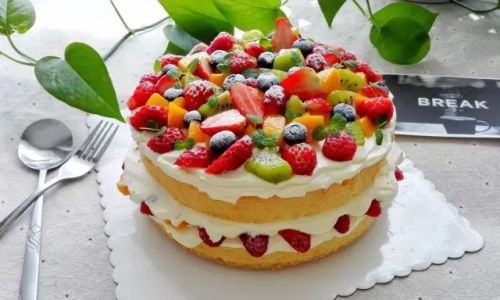
- Dense Cake: This can be caused by over-mixing, using outdated baking powder, or not measuring flour correctly. Ensure you mix gently, use fresh leavening agents, and spoon flour into the measuring cup.
- Dry Cake: Insufficient moisture or over-baking can lead to a dry cake. Check for doneness early and consider adding an extra splash of milk or using a higher-fat butter.
- Falling Cake: This often happens due to under-baking or a sudden temperature drop when the cake is taken out of the oven. Ensure the cake is fully baked and let it cool slowly in the pan before transferring.
Section 4: Frosting and Decorating
No cake is complete without a delicious frosting or decorative touches. Here are some ideas to elevate your cake’s presentation:
Basic Buttercream Frosting:
- Cream butter and a small amount of powdered sugar together until smooth.
- Gradually add more powdered sugar, alternating with milk or cream, until you reach your desired consistency.
- Add a few drops of food coloring if desired and mix well.
Cream Cheese Frosting:
- Beat softened cream cheese and butter until smooth.
- Gradually add powdered sugar, beating until well combined.
- Add milk or vanilla extract as needed for spreading consistency.
Decorating Tips:
- Use offset spatulas for smooth frosting application.
- Pipe borders and decorations with a piping bag and various tips.
- Add sprinkles, edible glitter, or fresh fruit for a colorful, festive touch.
- For a professional finish, chill the frosted cake for about 15 minutes before slicing to allow the frosting to set.
Conclusion
Baking a cake at home is a delightful way to bring joy to your loved ones and indulge in a creative, rewarding hobby. By following this guide, you’ll learn the essentials of cake baking, from gathering ingredients and mastering mixing techniques to troubleshooting common issues and adding decorative flair. Remember, baking is an art that improves with practice, so don’t be afraid to experiment with different recipes, flavors, and techniques. Happy baking!
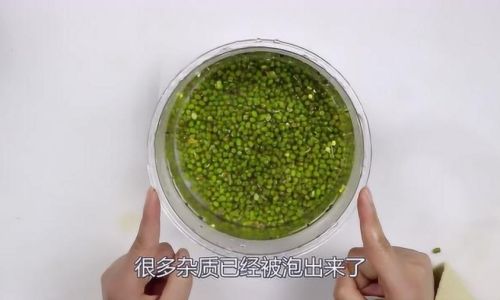
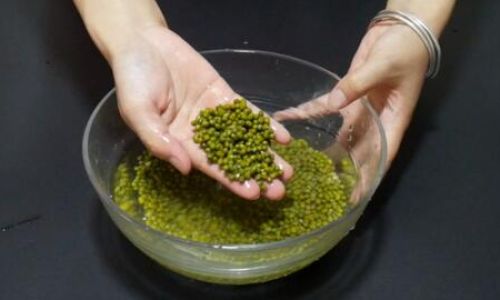
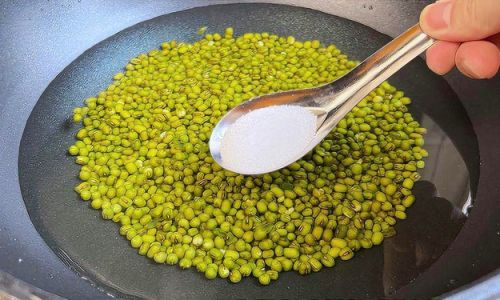
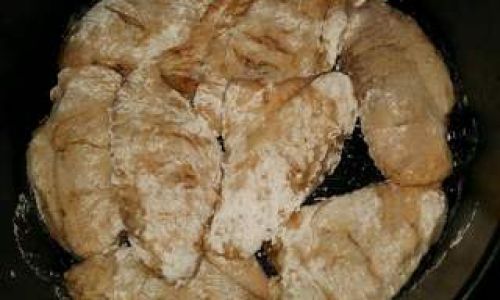

0 comments